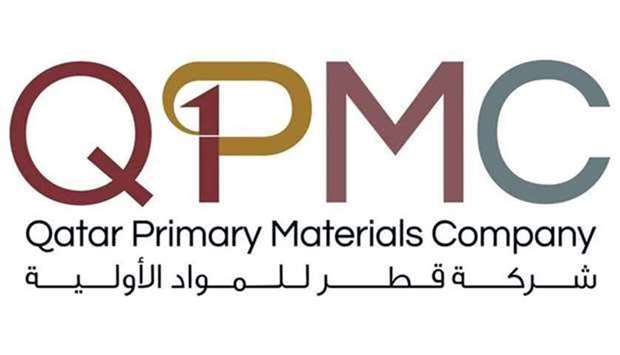QPMC is implementing projects that are intended at securing the supply of building materials in the local market and keeping up with demand in Qatar’s booming construction industry, an Oxford Business Group (OBG) report has shown.
In an interview with OBG, QPMC chief executive officer Eisa al-Hammadi said the bulk material handling system (BMHS) at Mesaieed Port has myriad of benefits, including efficiency benefits, environmental benefits and traffic benefits.
The conveyor belt is 4.8km, the longest in the Middle East. It increases the handling capacity throughout berths two and three of the port by 81%, bringing it to 30mn tonnes per year, while the overall capacity throughout the port is increased by 68% to 37mn tonnes per year, OBG said.
Meanwhile, the waiting times of vessels in the anchorage area has decreased by 65%. Additionally, truck-loading efficiency has been increased by 70%.
“These improvements allow for the smooth importation of construction materials without major bottlenecks affecting the supply chain,” OBG said.
In addition to the BMHS, QPMC has been working on expanding its cement silos. This project saw the addition of two cranes, two conveyor belts and 12 concrete silos with a storage capacity of 5,000 tonnes each. The estimated unloading capacity is enough to fill up to 40 trucks per hour, with a payload of 25 tonnes each.
The new cement silos are intended to help end shortfalls in cement supply and ensure the provision of cement in a sustainable manner for current and future projects, while eliminating the detrimental impact of prices from the black market.
QPMC has dedicated berth one at Port Mesaieed for non-aggregate materials, including cement. This allows the company to further increase the supply in times of peak demand.
“In terms of aggregate materials, QPMC maintains a strategic stock to enable us to stabilise the aggregate market at any time and prevent negative impact of prices from the black market. If needed, parts of the strategic stock can be used for this purpose in the short term and then replenished in the medium term,” al-Hammadi said.
He said, “We are also constantly working with the government and the Ministry of Environment to identify new sources of reserves. At present, QPMC is developing its own quarry source in Oman, and we have long-term strategies to source materials according to Qatar quality standards from various areas to minimise the risk that comes from depending on only one source of supply.
“All of these projects are intended to help secure the supply of building materials in the local market to keep up with demand in the booming construction industry, especially with Qatar being host of the 2022 World Cup and continuing to work towards the National Vision 2030.”
QPMC wants to see materials reused in new projects as much as possible. This brings environmental benefits, as well as price benefits, because these materials are locally produced rather than imported.
The ratio of recycled materials to imported materials in Qatar is now almost on a par, he said.
Gabbro, limestone, and sand can all be recycled and they are widely used in infrastructure projects here. At the end of 2017, QPMC will start its own recycling operation.
Furthermore, the BMHS produces zero dust and has already won three environmental awards, he told OBG.
“There has been an improvement in the sector in 2017. This can clearly be seen from the sales figures. In 2016 our yearly target for gabbro was 10mn tonnes. In reality, we sold a lot less. This means that construction activity was in decline. However, we sold 10mn tonnes in the first three quarters of 2017.
“We can satisfy demand in the domestic construction market, while QPMC has a strong enough supply chain to satisfy the existing aggregate demand, despite the existing trade blockade. This clearly demonstrates that construction activity has picked up dramatically,” al-Hammadi added.

QPMC


